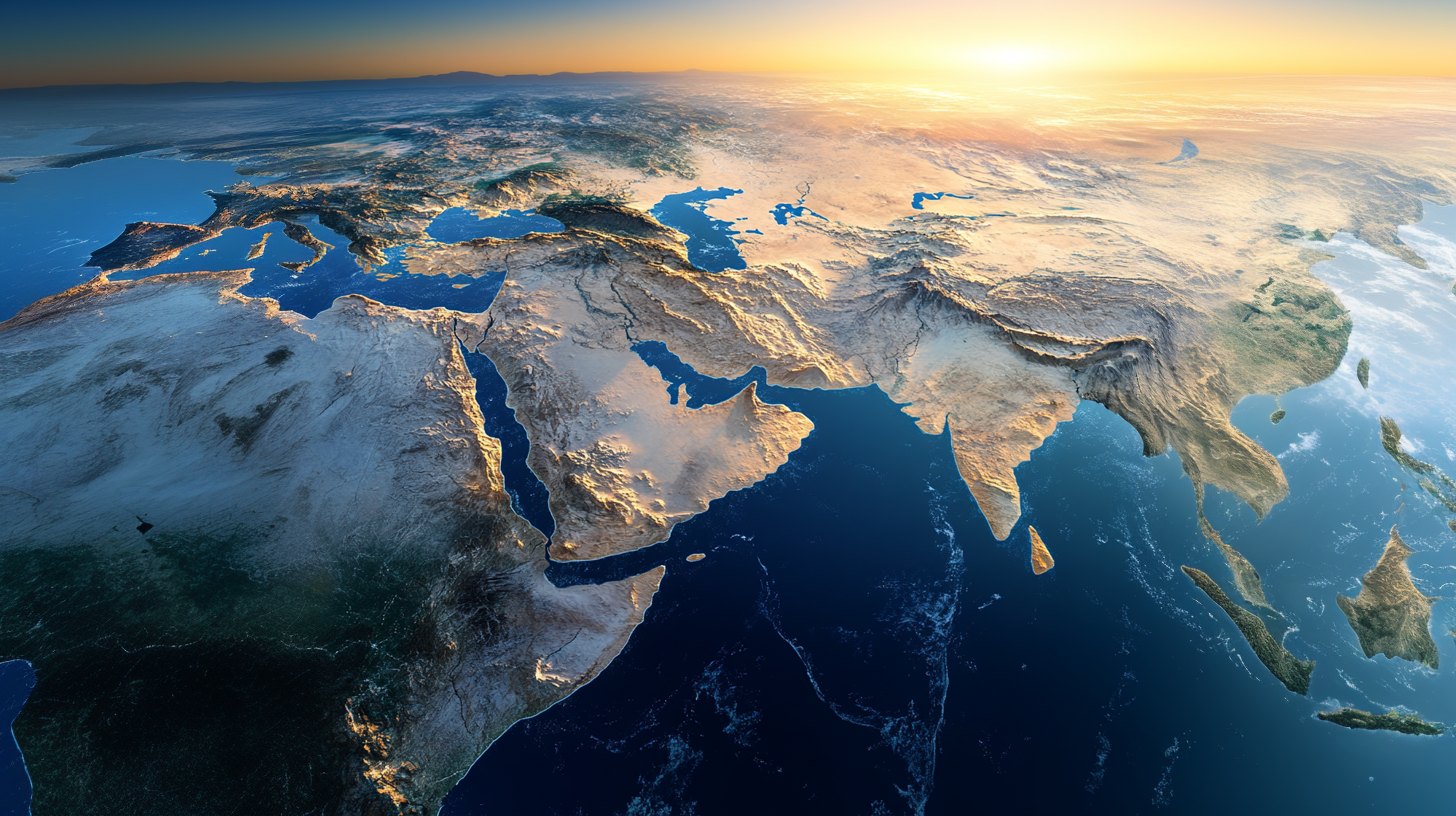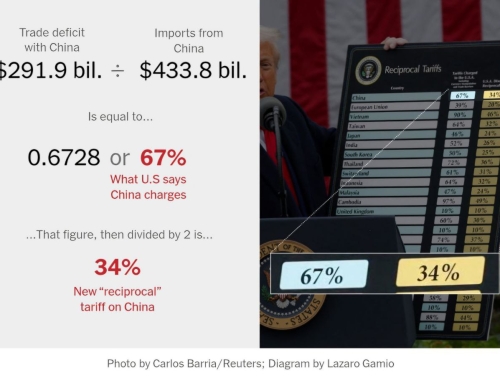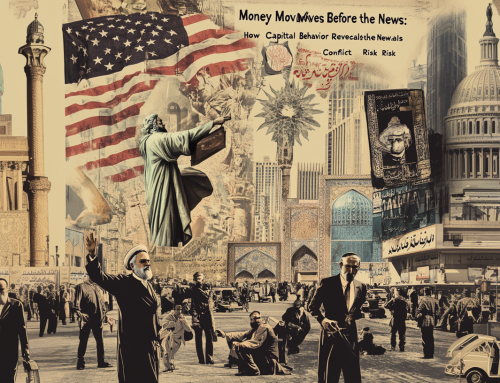Hedging Geography in MENA: Strategic Investment Amid Rising Iran–U.S. Tensions
Hedging geography in MENA is becoming one of the most critical investment strategies of 2025. As global investors increasingly turn toward emerging markets, the Middle East and North Africa (MENA) region stands out as both a high-potential and high-risk arena. Capital is flowing rapidly, but so are geopolitical tremors — particularly the escalating tensions between Iran and the United States. In this environment, hedging geography in MENA is no longer optional — it’s essential.
📈 MENA Investment Trends and Capital Flow
In January 2025, MENA startups attracted a total of $863 million in investments across 63 rounds. However, it’s noteworthy that 89% of this funding was debt financing, indicating a cautious investment climate (Wamda).
These investments are fueled by economic diversification policies like Saudi Arabia’s Vision 2030, which aims to reduce the kingdom’s dependence on oil by investing in sectors such as tourism, entertainment, and technology. Despite these initiatives, the region’s risk premium is rising alongside geopolitical tensions.
⚠️ Geopolitical Risk and Liquidity Strategy in MENA
The threat of conflict between Iran and the U.S. looms large. The Strait of Hormuz, a critical chokepoint through which approximately 30% of global oil shipments pass, remains a focal point of concern. Recent U.S. threats of secondary tariffs on Russian and Iranian oil have added to market volatility, with Brent crude prices fluctuating around $75 per barrel (Reuters).
Additionally, the U.S. Treasury Department has imposed new sanctions on entities in Iran, the UAE, and China, accusing them of procuring drone components for Iran’s military (Reuters).
📊 Key MENA Economic Metrics and Investment Environment
- GDP Growth: The region is forecasted to grow at 2.2% in 2024 (World Bank), with a rebound to 4% in 2025 if oil cuts ease and tensions remain controlled (IMF).
- Inflation: Averages around 3% across the region but exceeds 25% in countries like Iran, Egypt, and Sudan.
- Unemployment: Youth unemployment remains over 25% in several economies.
- Public Debt: Rising in oil-importing nations, adding fiscal constraints.
These indicators show how important it is to practice hedging geography in MENA by analyzing metrics and evaluating sector risks.
🧠 Scenario Analysis: Strategic Investment Planning for MENA
Base Case (Status Quo):
- Capital inflows continue, especially into GCC infrastructure and fintech.
- Oil prices remain stable between $75–$85 per barrel.
- Regional markets fluctuate but still attract contrarian inflows.
Mid-Risk Case (Proxy Conflict Intensifies):
- Oil prices rise past $100 per barrel.
- Risk premiums increase for Suez Canal and Strait of Hormuz shipping lanes.
- Demand spikes for safe-haven assets: USD, Swiss franc, gold.
- MENA startups experience fundraising slowdowns.
High-Risk Case (Direct Military Confrontation):
- Oil disruption pushes Brent above $120 per barrel.
- Foreign capital exits rapidly.
- Currencies in exposed markets undergo significant devaluation.
- VC and PE activity freezes across Iran, Iraq, Lebanon.
- Infrastructure strain and humanitarian pressure deepen.
💼 Smart Capital Tactics: Hedging Geography in MENA
- Geographic Risk Diversification: Allocating across both stable and high-risk markets, with UAE and Saudi Arabia serving as regional anchors.
- Currency Risk Management: Monitoring FX exposure for funds denominated in USD with regional burn rates.
- Liquidity Planning: Modeling scenarios with delayed exits and frozen markets.
- Sector Resilience: Targeting digital infrastructure, cross-border logistics, and regulated fintech as core strategies.
🧭 Conclusion: Mastering Investment Through Geographic Strategy
Hedging geography in MENA is no longer a niche concept — it’s a frontline investment strategy for anyone exposed to the region. The macro indicators are attractive, but geopolitical risk is part of the model, not an exception.
Those who combine capital with contextual intelligence — and hedge where it matters most — will be best positioned to thrive.



